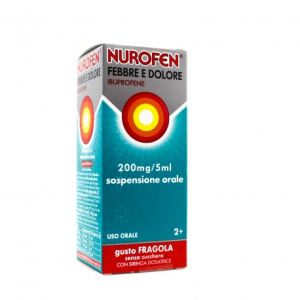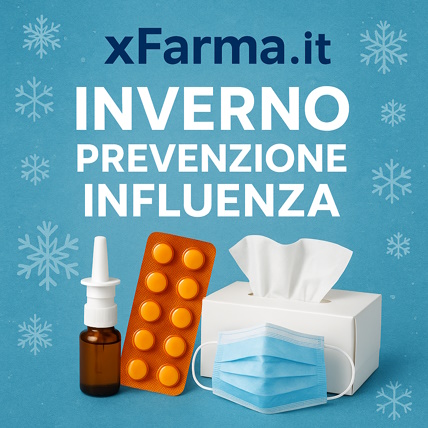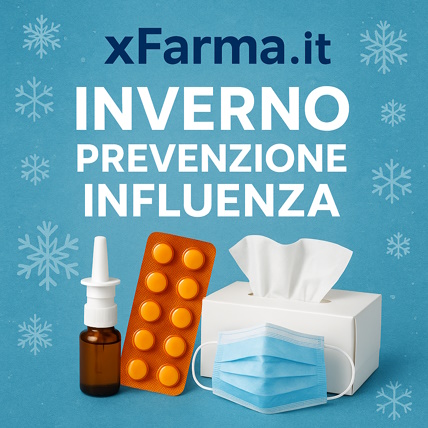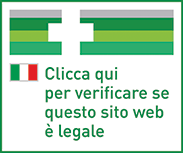Ship in Europe, Find out rates!
Nurofen Fever and pain 200mg/5ml Strawberry flavor 100ml

- box Delivery in Italy in 24/48 and free returns
- star3.000+ positive reviews
- dropboxOver 60,000 products in the catalog
Symptomatic treatment of fever and mild to moderate pain in children.
Dosage and method of use
The daily dose of Nurofen Fever and Pain is structured according to the weight and age of the patient. Undesirable effects can be minimized by using the lowest effective dose for the shortest possible duration of treatment needed to control symptoms.
In children aged between 3 and 6 months, limit administration to those weighing more than 5.6 kg. Oral administration to infants and children aged between 3 months and 12 years should be done using a measuring syringe or measuring spoon supplied with the product. The graduated scale on the body of the syringe highlights the notches for the different dosages; in particular the 2.5 ml notch corresponding to 50 mg of ibuprofen and the 5 ml notch corresponding to 100 mg of ibuprofen.
The measuring spoon has two notches for two different dosages: the 2.5 ml notch corresponding to 50 mg of ibuprofen and the 5 ml notch corresponding to 100 mg of ibuprofen. The daily dose of 20-30 mg / kg of body weight, divided 3 times a day at intervals of 6-8 hours.
In case of post-vaccination fever refer to the dosage indicated above, administering a single dose followed, if necessary, by another dose after 6 hours.
Do not administer more than two doses in 24 hours. The product is intended for short-term treatments. In children younger 'less than six months consult a doctor if symptoms persist after 24 hours of treatment.
Unscrew the cap by pushing it down and turning it to the left. Fully insert the tip of the syringe into the hole in the undercap. Shake well. Turn the bottle upside down, then, holding the syringe firmly, gently pull the plunger downward, allowing the suspension to flow into the syringe to the mark corresponding to the desired dose. Put the bottle back upright and remove the syringe by twisting it gently. Introduce the tip of the syringe into the child's mouth, and exert a slight pressure on the plunger to drain the suspension. After use, screw the cap to close the bottle and wash the syringe with warm water. Let it dry, keeping it out of the reach and sight of children.
Contraindications
Hypersensitivity 'to ibuprofen or to any of the excipients.
Children younger 'less than 3 months or weighing less than 5.6 kg.
Hypersensitivity 'to acetylsalicylic acid or to other analgesics, antipyretics, non-steroidal anti-inflammatory drugs (NSAIDs), particularly when hypersensitivity is associated with nasal polyposis and asthma.
Active peptic ulcer.
Severe renal or hepatic insufficiency.
Severe heart failure.
History of gastrointestinal bleeding or perforation related to previous active treatments or history of recurrent peptic ulcer / haemorrhage (two or more distinct episodes of proven ulceration or bleeding).
Concomitant use of NSAIDs, including specific COX-2 inhibitors.
Pregnancy and breastfeeding.
Special warnings
Undesirable effects can be minimized by using the lowest effective dose for the shortest possible duration of treatment needed to control symptoms. Avoid concomitant use of NSAIDs, including selective COX-2 inhibitors. Analgesics, antipyretics, non-steroidal anti-inflammatory drugs can cause hypersensitivity reactions', potentially serious (anaphylactoid reactions), even in subjects not previously exposed to this type of drug. The risk of hypersensitivity reactions after taking ibuprofen is greater in subjects who have presented these reactions after the use of other analgesics, antipyretics, non-steroidal anti-inflammatory drugs and in subjects with bronchial hyperreactivity (asthma), nasal polyposis or previous episodes. of angioedema.
Gastrointestinal bleeding, ulceration and perforation, which can be fatal, have been reported during treatment with all NSAIDs at any time, with or without warning symptoms or a previous history of serious gastrointestinal events. Elderly patients have an increased frequency of adverse reactions to NSAIDs, especially gastrointestinal bleeding and perforation, which can be fatal.
In the elderly and in patients with a history of ulcer, particularly if complicated with haemorrhage or perforation, the risk of gastrointestinal bleeding, ulceration or perforation is higher with increasing doses of NSAIDs. These patients should start treatment with the lowest available dose. Concomitant use of protective agents (e.g. misoprostol or proton pump inhibitors) should be considered for these patients and also for patients taking low dose aspirin or other drugs that may increase the risk of gastrointestinal events.
Patients with a history of gastrointestinal toxicity, particularly the elderly, should report any unusual gastrointestinal symptoms (especially gastrointestinal bleeding) particularly in the initial stages of treatment. Caution should be exercised in patients taking concomitant medications that could increase the risk of ulceration or bleeding, such as oral corticosteroids, anticoagulants such as warfarin, selective serotonin reuptake inhibitors or antiplatelet agents such as aspirin.
When gastrointestinal bleeding or ulceration occurs, treatment should be discontinued. NSAIDs should be administered with caution to patients with a history of gastrointestinal disease (ulcerative colitis, Crohn's disease) as these conditions can be exacerbated. Serious skin reactions, some of them fatal, including exfoliative dermatitis, Stevens-Johnson syndrome and toxic epidermal necrolysis, have been reported very rarely in association with the use of NSAIDs. In the early stages of therapy, patients appear to be at higher risk: the onset of the reaction occurs in most cases within the first month of treatment. Discontinue at the first appearance of skin rash, mucosal lesions or any other sign of hypersensitivity '. Caution is required before starting treatment in patients with a history of hypertension and / or heart failure as fluid retention, hypertension and edema have been reported in association with treatment with NSAIDs.
Clinical studies and epidemiological data suggest that the use of ibuprofen, especially at high doses (2400 mg / day) and for long-term treatments, may be associated with a modest increased risk of arterial thrombotic events (e.g. myocardial infarction. or stroke).
Pregnancy and breastfeeding
It is unlikely that anyone under the age of 12 will become pregnant, or breastfeed. However, in such circumstances the following considerations must be kept in mind. Inhibition of prostaglandin synthesis can negatively affect pregnancy and / or embryo / fetal development. Results of epidemiological studies suggest an increased risk of miscarriage and cardiac malformation and gastroschisis after use of a prostaglandin synthesis inhibitor in early pregnancy. The absolute risk of cardiac malformations increased from less than 1% to approximately 1.5%.
The risk was believed to increase with dose and duration of therapy. In animals, administration of prostaglandin synthesis inhibitors has been shown to cause an increase in pre- and post-implantation loss and embryo-fetal mortality. Furthermore, an increased incidence of various malformations, including cardiovascular, has been reported in animals given prostaglandin synthesis inhibitors during the organogenetic period.
During the third trimester of pregnancy, all prostaglandin synthesis inhibitors can expose the fetus to: cardiopulmonary toxicity (with premature closure of the arterial duct and pulmonary hypertension); renal dysfunction which may progress to renal failure with oligo-hydroamnios.
The mother and the newborn, at the end of pregnancy, to: possible prolongation of the bleeding time, an antiplatelet effect that can occur even at very low doses; inhibition of uterine contractions resulting in delayed or prolonged labor.
Warning: do not use the medicine after the expiry date indicated on the package.
Composition
Nurofen Fever and Pain contains:
Active ingredient: ibuprofen 40 mg
Excipients: Polysorbate 80, glycerin, maltitol syrup, sodium saccharin, citric acid, sodium citrate, xanthan gum, sodium chloride, strawberry flavor, domiphene bromide, purified water.
100ml bottle format with sugar-free strawberry flavor syringe
200mg / 5ml oral suspension ibuprofen
| Destination | Cost | Detail |
|---|---|---|
| Italy | €5,90* | 24/72H |
| Austria, France, Germany, Slovenia | € 13* | 3 days |
| Belgium, Luxembourg, Portugal, Netherlands, Spain | € 14* | 4 days |
| Bulgary, Cechia, Hungary, Poland, Romania, Slovakia | € 19* | 5 days |
| Denmark, Estonia, Finland, Ireland, Lithuania, Latvia ,Sweden | € 22* | 5 days |
| United Kingdom, Switzerland, Greece, Malta/td> | € 30* | 7 days |
| Canada | € 40 | 7 Days |
European shipments with express courier: FedEx, MBE, DHL
*For the shipment outside band B ther's an extra cost of 22€ *For the shipment outside band C ther's an extra cost of 30€ Delivery Times exclude Saturday and Holidays
For Islands and Areas of difficult Accessibility the shipments are made in 72 hours and the cost will be increased by 15€


